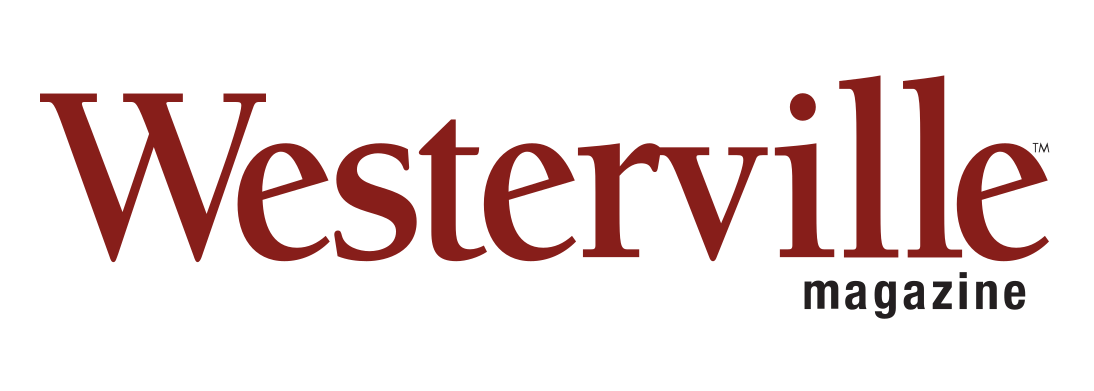The 2010 Downtown Strategic Plan lead to the creation of multiple now-prominent sites such as the Columbus Commons, Scioto Mile and the Scioto Peninsula. For the city leaders and organizations that drafted the updated 2022 Plan, the next important step was making these spots easily accessible.
Leading up to the updated Strategic Plan, Columbus residents and community members made themselves clear: they want to live and work in a pedestrian-forward environment.
Downtown Columbus Inc. – formerly known as Columbus Downtown Development Corp. – heard these requests. It began to generate a plan that would promote pedestrianizing and connecting city landmarks as a part of the 2022 Downtown Strategic Plan.
“The first thing is that we heard directly that we’ve done a good job of building assets and a poor job of connecting them, and those were like direct quotes,” says Amy Taylor, president of Downtown Columbus Inc. “We love the riverfront but we never think of making a day-to-day downtown. We know that the future of downtown will have to be anchored in a pedestrian experience and people want to come and have more access to outdoor public spaces.”
Not only can downtown residents and visitors save gas money by waking, but it is good for your health and has also been shown to improve overall mood.
Daily walks help residents immerse themselves and build a better connection to their community, which is especially important given the city’s hopes to increase its downtown population from 12,000 to 40,000 by 2040.
It could also help reduce CO2 emissions, leading to better air quality and reducing our city’s carbon footprint.
“It is going to feel a lot different from the right of ways around the sidewalks and on the streets around it, and it’s going to be really integrated into what we want to be as a community,” Taylor says. “It’s gonna be about wellness, it’s gonna be equality and equity and inclusion.”
Walk This Way, Everyday
On February 28, Downtown Columbus Inc. – in collaboration with the City of Columbus and Edwards Companies – announced its plans to create a new two-mile pedestrian pathway in the heart of downtown Columbus, which it’s calling the Capital Line.
This pathway, designed for traveling on bike or by foot, creates a loop from Gay Street to 4th Street, 4th Street to Rich Street, Rich Street to Belle Street, and Belle back to Gay Street. The beauty of the path will be aided by the city’s plans to increase its downtown area tree canopy coverage from 9 percent to 15 percent by 2030.
The developers began planning the Capital Line by visiting other cities including Indianapolis, New York City, Atlanta and Miami to asses some exemplary pedestrian pathways for inspiration.
“It’s going to be about making the journey just as important and beautiful as a destination,” Taylor says. “In Indianapolis, it was really cool, you could be on [the Indianapolis Cultural Trail] and it just made your whole day better. You’re riding a bike along this beautiful trail that is set up for you to ride a bike along.”
Construction of the Line is set to begin in 2025 and is expected to be completed in 2029. Attractions on the route include Columbus Commons, the Statehouse, the Peninsula, Dorrian Green and more.
Taylor says the Line is expected to bring in more attractions and storefronts as it develops.
“I think the nice part about this is it gets from people from public space to public space and each of those public spaces feels different, like different rooms of the house,” she says.
The project comes with an estimated cost of $100 million, and Taylor is confident it’ll make back that much and more, with an estimated $27 in economic impact per every dollar spent on development.
“You’re going to have empty storefronts that are all of a sudden going to be filled because we’re driving hundreds of thousands or millions of people through this,” she says.
In addition to shopping and sightseeing, the Capital Line will also be an ideal place to highlight Columbus’ world-class arts scene.
“We’re going to be looking at adding activities and public art all along, large and small scale.”
There are plenty of unsexy logistical considerations with this project, including potential challenges related to parking and stormwater drains. One particularly important topic of discussion is safety and crime prevention.
“One of the key things we’re going to be addressing as we look at lighting (and) as we look at environmental designs, you’re not creating places that people can hide and jump out,” Taylor says. “How do you create the right kind of landscaping, and then how do you make sure that it has cameras, force multipliers, and a safety and security program on the ground? Those are all going to be components of what we’re looking at.”
Ultimately, the goal of the walkway can be shortened to one word: connections. It is about connecting people, businesses, greenspaces, landmarks, the list goes on.
After the first phase of the Line is complete, Downtown Columbus Inc. plans to expand pedestrian accessibility to other areas of the city including Franklinton and the King-Lincoln Bronzeville District.
“One of my colleagues came up with a statement, I love it, It’s like ‘How do you turn residents into visitors and visitors into residents and create a curated experience and put them on it?’” Taylor says. “You know exactly what they’re gonna see and they don’t, and that’s the fun part.”
Maisie Fitzmaurice is an editor at CityScene Media Group. Feedback welcome at mfitzmaurice@cityscenemediagroup.com.









